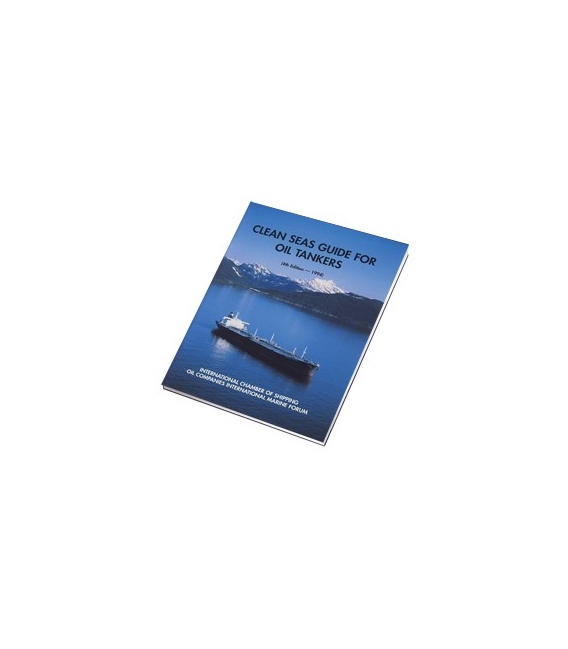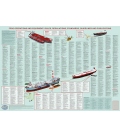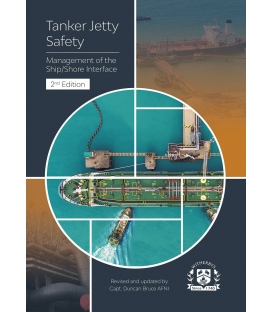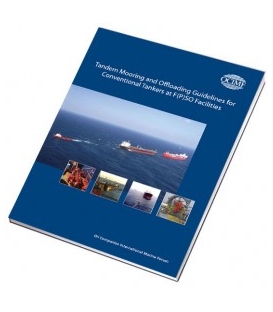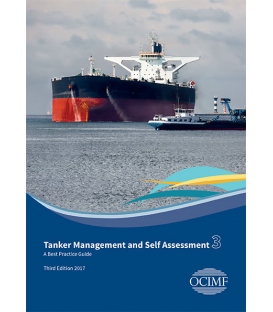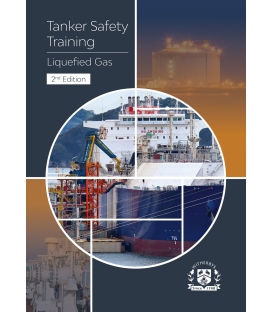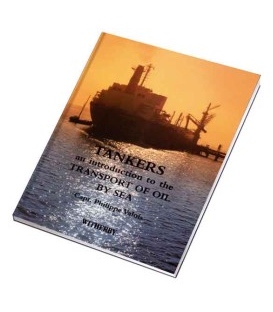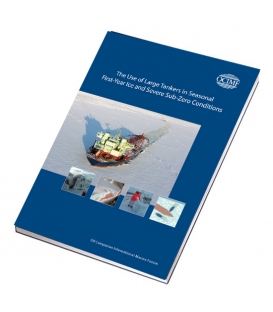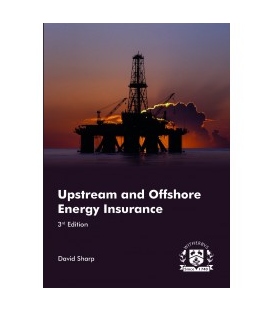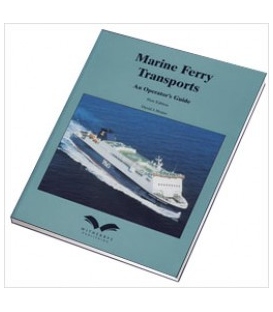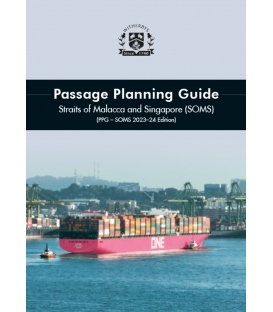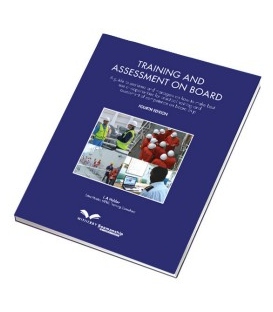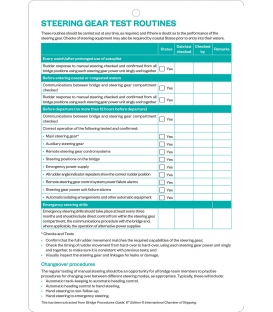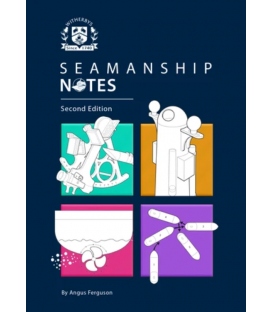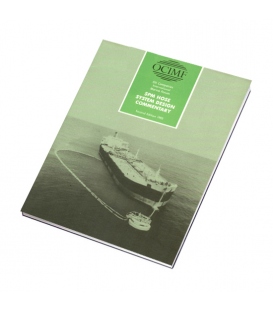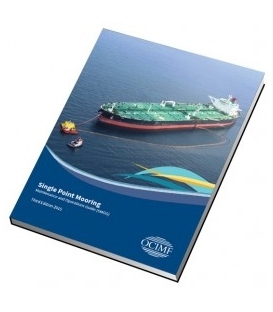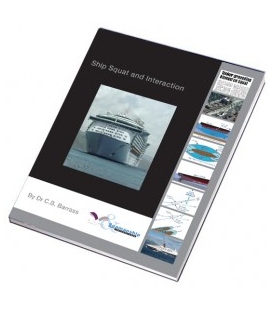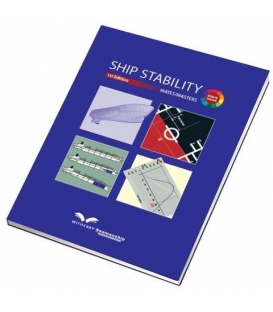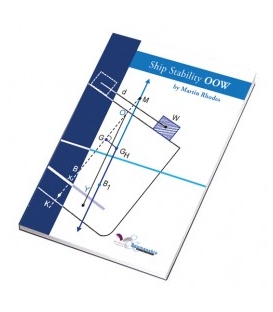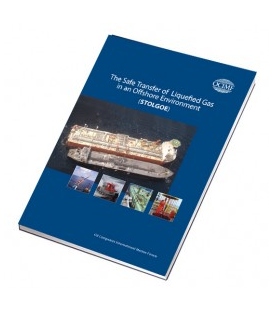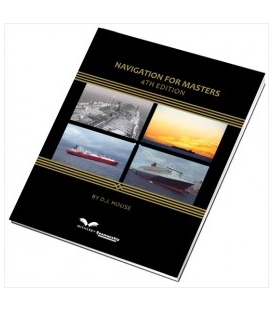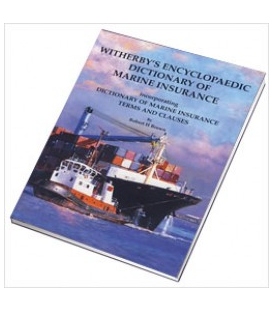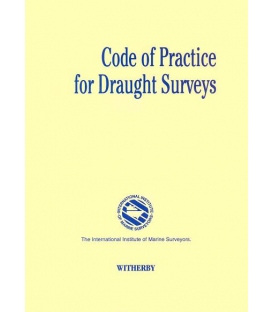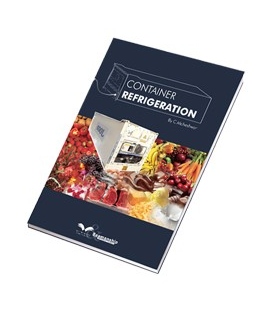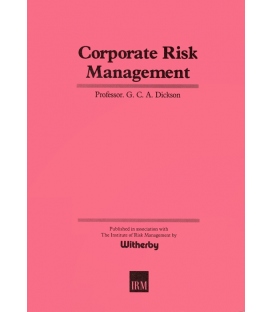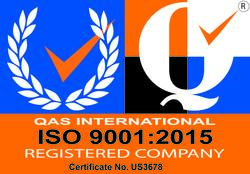

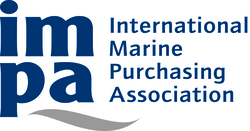
Sign up for our Newsletter
Clean Seas Guide for Oil Tankers (4th Ed., 1994) - (e-Book)
*** All e-Book sales are final (no returns or exchanges)!
*** 24 Aug 2023, Discontinued; However, you may be interested in the following publications with more updated content:
A. International Safety Guide for Oil Tankers & Terminals (ISGOTT) (WIISGOTT)
B. Ship Recycling Guide (M-SRG)
C. Reducing Greenhouse Gas Emissions: A Guide to IMO Regulatory Compliance (M-RGGE)
Clean Seas Guide for Oil Tankers (4th Ed., 1994) (e-Book)
Describes the methods for retaining oil residues onboard, to help ship staff comply with the oil discharge limits in MARPOL Annex 1.
The clean seas programme was introduced by the shipping industry to restrict the oiperational discharge of oil in to the sea by the retention of oil residues onboard.
The Guide, which describes the procedures used to retain oil residues onboard, is intended to help shipboard personnel comply with the oil discharge limitations that are contained in Annex 1 of MARPOL. The 1973 MARPOL convention, as amended by its 1978 Protocol, is the international instrument controlling pollution from ships. Annex 1 of the convention, which contains regulations for the prevention of pollution by oil, came into effect in October 1983.
Effective retention of oil onboard (R.O.B.) requires a thorough understanding of the procedure and the techniques required.
This book is aimed at:
- Owners and operators of oil tankers
- Oil tanker crew
- Governments, port authorities and terminal operators
- Cargo shippers and cargo receivers
OCIMF/ICS strongly recommend this guide.
1 Procedures - The Basic Method
1.1 Basic method assumptions
1.2 Sequence of procedures
1.3 Line draining and taking on dirty ballast
1.4 tank washing
1.5 Loading clean ballast
1.6 Settling of dirty ballast
1.7 Disposal of dirty ballast
1.8 Slop tank discharge
1.9 Final line and pump flush
1.10 Discharging clean ballast
1.11 Disposal of slop residues
1.12 handling sludge
1.13 Segregated ballast tankers
1.14 Dedicated clean ballast tankers
1.15 New Marpol Annex I regulations 13f and 13g - Prevention of pollution in event of collision or stranding
1.16 Crude Oil Washing
2 Operational Factors influencing basic method
2.1 Short haul voyages
2.2 Coastal voyages
2.3 Special areas
2.4 OBO and/or Ore/oil carriers
2.5 Preparations for repair ports
2.6 Reception facilities
3 Other factors influencing basic method
3.1 General
3.2 Insufficient slop tank capacity
3.3 Interconnected slop tanks
3.4 Eductors
3.5 Slop tank heating coils
3.6 Oil/water separators and filters
3.7 Oil discharge monitor and control system
3.8 Oil/water interface detectors
3.9 Crude Oil washing
3.10 Tank cleaning chemicals
3.11 Demulsifiers
4 Responsibilities
Annex I - Water effluent cleanliness requirements, the 30 litres per mile criterion, the 1/15,000 and 1/30,000 criteria, characteristics of effluents from oil retention operations
Annex II - Special Areas

